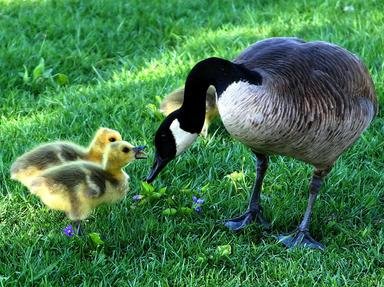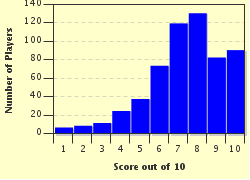Quiz Answer Key and Fun Facts
1. What slim canine has an orangish coat and vertical slit-like pupils similar to those of a feline?
2. What large omnivore eats berries and insects, runs fast, swims well, climbs trees, and can be many colours like blond, cinnamon, brown or black?
3. What feline is larger than a house cat, but shorter than a lynx?
4. What member of the weasel family dines on porcupines, prefers to live in dense forests, and has large feet that allow it to walk on snow?
5. What member of the weasel family dines on squirrels, is generally less than 2 feet long from nose to tail tip, and looks for prey while climbing trees, burrowing in snow, and traveling on dry land?
6. What member of the weasel family is an excellent swimmer, playful, enjoys sliding down river banks in the winter, and feeds on fish, crayfish, muskrats, frogs, snakes and waterfowl?
7. What carnivore is known for preying on snowshoe hares, has large ear tufts, and long legs with large feet to walk on snow?
8. What rodent builds a house of aquatic plants such as bulrushes and cattails, eats water plants as well as crayfish and clams, and looks like a very large vole?
9. What mischievous animal is well-adapted to life in urban areas, is active at night, and has dexterous fingers which enable it to open containers and latches?
10. What large northern member of the weasel family has jaws strong enough to crush bones, is apparently capable of bringing down a deer or caribou, and can even make a cougar back away from its kill?
Source: Author
Cher40
This quiz was reviewed by FunTrivia editor
crisw before going online.
Any errors found in FunTrivia content are routinely corrected through our feedback system.


